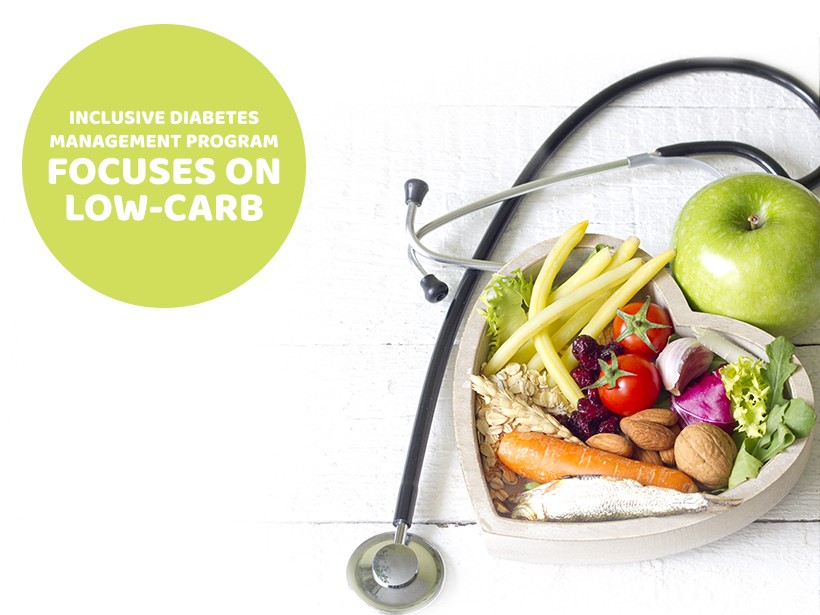Reaching Out to Minorities
England is focusing on diversity and outreach with their new Low-Carb Program.1 While there have been other national education programs for type 2 diabetes in the past, this one differs in its target population, specifically focusing on South Asians. This group primarily includes the Indian, Nepalese, Sri Lankan, Pakistani, and Bangladeshi communities living in the UK. Studies have shown that this group is particularly susceptible to type 2 diabetes. At the same time, South Asians in the UK have not been accessing previously available diabetes resources. The new low-carb program hopes to change that. It aims to be more inclusive, targeting South Asians and their unique cultural identity.
Previously Overlooked
Many within the South Asian community felt that their needs had not been met by previous diabetes initiatives.2 Though type 2 diabetes can lead to serious health problems, few within that population knew much about the disease. Additionally, many found the diet to be both restrictive and a nuisance, as it cuts out many traditional dietary staples. A significant population also felt shame in asking others to alter how they cooked to address their new dietary needs. In a culture where food is a primary hub of both life and ceremony, people with type 2 diabetes felt their condition to be a burden. These concerns went unrecognized in previous UK diabetes education programs. The new Low-Carb Program is geared to change that.
How the Program Works
The Low-Carb Program is a digital platform that brings together a multitude of resources to patients’ phones. It’s a one-stop shop for those with diabetes. Users can track their levels, access low-carb recipes, shopping lists, and other resources. The app also allows for both community and expert support.
This is where inclusivity starts to kick in. Under the oversight of Dr. Kesar Singh Sadhra, South Asian patients are advised in low-carb diet plans that work with their lifestyles. Dr. Sadhra is an expert in the field of treating type 2 diabetics.3 Through his practice, he concluded that the most practical means of addressing the condition is through a low-carb diet.
Carbs cause high sugar spikes in most people, especially diabetics. Trading carbohydrates for proteins, fiber, and healthy fats allows patients to have more control over their insulin levels. The program also advises that if one is having trouble getting started, as many of his patients are wary at first of such a sizeable dietary change, they should at least reduce their carb intake at night. Dr. Sadhra found that carb-heavy night meals create the most extended high sugar spikes.
Using technology to reach patients, the Low-Carb Program hopes to help educate all communities within the United Kingdom. This way, everyone, regardless of background and ethnicity, can achieve a healthy lifestyle.
NUTRITIONAL DISCLAIMER
The content on this website should not be taken as medical advice and you should ALWAYS consult with your doctor before starting any diet or exercise program. We provide nutritional data for our recipes as a courtesy to our readers. We use Total Keto Diet app software to calculate the nutrition and we remove fiber and sugar alcohols, like erythritol, from the total carbohydrate count to get to the net carb count, as they do not affect your blood glucose levels. You should independently calculate nutritional information on your own and not rely on our data. The website or content herein is not intended to cure, prevent, diagnose or treat any disease. This website shall not be liable for adverse reactions or any other outcome resulting from the use of recipes or recommendations on the Website or actions you take as a result. Any action you take is strictly at your own risk.
- McDonald's Goes Low-Carb Internationally - August 7, 2018
- Inclusive Diabetes Management Program Focuses on Low-Carb - June 21, 2018
- “The Island” Cast Member Attributes Her Success to Keto - May 31, 2018































